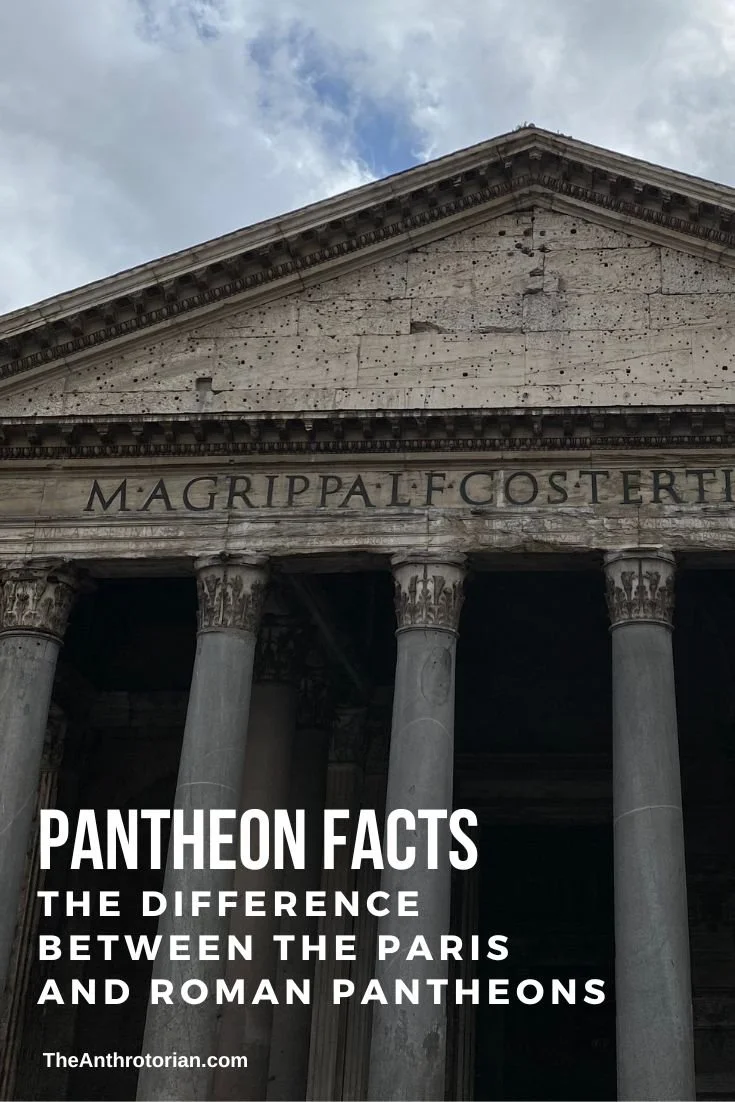National Geographic Magazine recently ran an article highlighting how rampant tomb raiding and trade in stolen antiquities still is. I know what you're thinking. Tomb raiding is nothing new — the looting of ancient art has been going on for hundreds of years. So, why is it being written about and highlighted now? What's changed?
The answer: war and politics.
The political unrest in Egypt has meant that police, who were patrolling and protecting ancient historic sites, have been pulled away to other parts of the country, leaving the sites open to looters. And the looters have taken full advantage. New holes have been dug all over ancient tombs in the country — so many in fact that they are visible in satellite imagery!
And, many believe that artifacts that have recently been salvaged by terrorist organizations are being used to fund their activities.
Which leads to an even more complex issue: Who is buying these stolen antiquities?
You may be surprised to learn that many of them are being bought up by reputable museums and art galleries both from black market and legitimate sales. Museum curators often make the argument that if they don't purchase the antiquities, they will disappear into private collections or risk being mishandled and destroyed by looters. But, this also means that these museums could inadvertently be funding terrorist organizations — I told you it was complex.
Creating false documents for stolen items is also becoming more common, meaning that looted items are appearing in legit auction houses without the buyers even knowing that the objects were stolen.
It's the wild west out there for those seeking to stop the flow of stolen archeological items.
If you want to learn more about this world, check out one of the books below. These are all fantastic reads and give you some insight into the history behind looting and what's being done about it now.
Loot: The Battle Over The Stolen Treasures Of The Ancient World
For centuries, the Western world has plundered priceless treasures from the ancient world in order to fill their museums and galleries. Now, for the first time, the countries where many of these ancient civilizations originated are fighting back. Countries like Greece, Egypt, Turkey and Italy are taking on powerhouses like the Louvre, the Metropolitan Museum of Art, The British Museum and the J. Paul Getty Museum causing everyone to ask the question; Who does history belong to?Hot Art: Secret World of Stolen Art
Author Joshua Knelman is an award-winning journalist and editor who immerses himself in the shadowy world of art theft that takes him all over the world and through a web of corruption, secrecy, and violence. He delves into the lives of both professional thieves and the people that chase them, revealing that (though it may not make it to the front page of the newspaper) art theft is no fringe activity.The Medici Conspiracy
A real-life conspiracy, this book looks at the illicit, secret journey of looted antiquities that have been raided from tombs in Italy and made their way into some of the world's biggest and most prestigious museums.Master Thieves: The Mystery of The Gardner Museum Art Heist
Investigative journalist Stephen Kurkjian has written the definitive, revealing history of the famed Isabella Stewart Gardner Museum heist that took place 25 years ago. The book takes a look at the investigations, theories, blunders, and complex web of the Boston mafia that all contributed to the paintings being stolen and remaining hidden for all this time.







